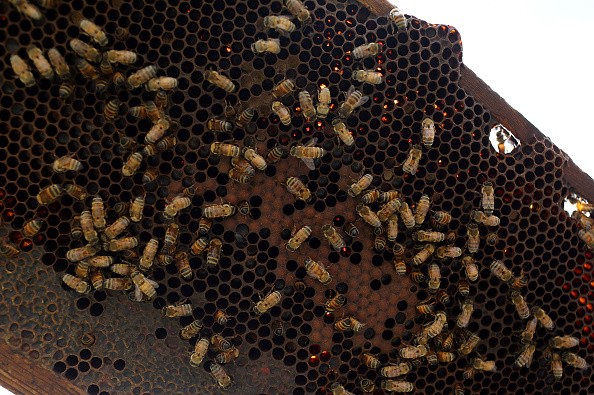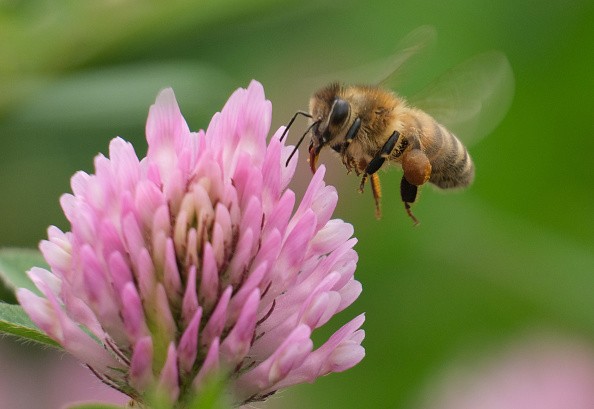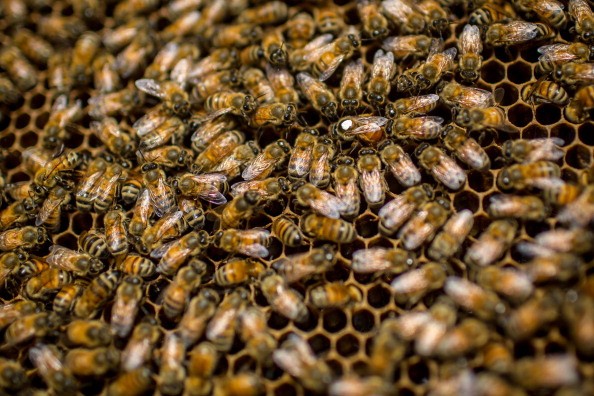According to the study, even if bees are only exposed to pesticides once, it may take numerous generations to recover.

Although pesticides have long been recognized to impact the biodiverse ecosystem negatively, little is known about how they affect insects over time.
This new study reveals that even a single insecticide exposure in a bee's first year of life influences progeny production. Because the pesticide effects are cumulative, this culminates in a drop in the bee population overall.
"Especially in agricultural regions, pesticides are commonly applied numerous times a year and multiple years in a row," said Clara Stuligross, a Ph.D. candidate in ecology at the University of California in Davis and primary author of this study. As a result, this exemplifies what it might imply for bee populations."
A Two-Year Field Experiment

The scientists conducted a two-year field experiment to demonstrate the extent to which pesticide environmental harm crosses generations, popularly known as "the carryover effect." They examined how pesticides affected blue orchard bees, a solitary, wild pollinator that is colored blue rather than black and yellow like honeybees.
They utilized the pesticide imidacloprid, which is known to be severely harmful to bees, and tested a variety of exposure scenarios, including exposing the bees in their first year, first and second years, and simply the second year. Although this type of pesticide, neonicotinoids, is prohibited in the EU, manufacture is not, and enormous amounts are exported every year.
Related Article : Honeybees are Observing Social Distancing When Threatened by Mites
Pesticide on the Market
According to the National Pesticide Information Center at Oregon State University, more than 400 products are on the market include imidacloprid, in the United States.
"It's a systemic poison that's present in all plant tissues and affects the neurological system of bees," Stuligross explained. As a result, it can have a wide range of impacts on bee behavior and physiology."
When bees were exposed to imidacloprid as larvae, and then never again, they had 20% fewer progeny than bees that had never been near the toxin. Those treated once during their adult year had 30% fewer children than their unexposed peers, while those exposed to both years had a 44 percent reduction in offspring.
"Pesticide exposure affects bee reproduction, and exposure in prior life stages or generations has an influence on the adult bee's performance the following year," Stuligross added.
Nesting Bees

When the frequency and rate of nesting of bees and female to male ratios were taken into account, total exposure over two years lowered population increase by 71%.
"The effects build up over time. "It doesn't take a genius to figure out that a small number of consecutive years of pesticide treatments might reduce populations to dangerously low levels," said Lars Chittka, an ecology professor at the Queen Mary University of London. The latter was not involved in the research.
"This new study reveals that even if pesticide applications were restricted for the 2022 season, the negative impacts from 2021 treatments would still be seen." The larvae that will grow today and pollinate next year's crops have already been irrevocably harmed."
Knowing More About Pesticides
According to Stuligross, the more we know about how pesticides build in the environment and harm bees over time, the more we can foresee the hazards associated with their use. The need to reduce pesticide exposure as much as feasible and incorporate these carryover effects into studies and including pollinator risks into pest control techniques in the future is critical.
Fore more news about the animal kingdom, don't forget to follow Nature World News!
© 2025 NatureWorldNews.com All rights reserved. Do not reproduce without permission.





